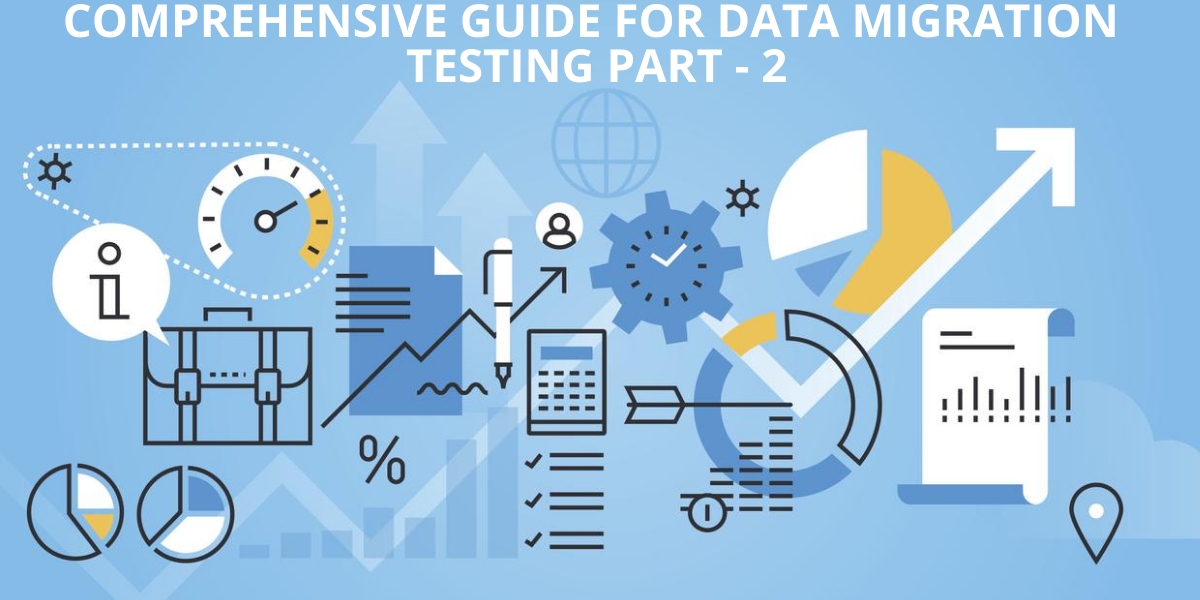Types of Migration Testing
There are four types of data migrations that are usually carried out. Here is a detailed description of each one of them.
1. Application Migration
Application migration refers to the process in which the application is migrated entirely from one platform or environment to another. The advantages of Application migration are enlisted below:
- Reduces maintenance and operational costs.
- Lowers the dependencies over other systems.
- Eliminates vulnerabilities in business.
- Enhances system performance.
- Improves administration and technical support.
- Supports bug fixes and additional features.
- Technology changes.
2. Database Migration
Database migration is the process in which every data in an application’s database is migrated entirely to some other database.
For this kind of data, migration to be carried out the application must be very stable. Moreover, the data inside the database also needs to be valid and correct. Therefore, the type, format, value, etc., matter a lot when migrating data between the databases.
The advantages of Database migration are enlisted below:
- The application can have several databases at its backend for supporting a large amount of customer data.
- Data improvement can be obtained.
- Proper data analysis can be very helpful in enhancing the quality of the data.
- Data cleansing and data sampling can help profoundly in keeping database effective and clean.
- For performing data analytics.
Also Read: Comprehensive Guide for Data Migration Testing Part – 1
3. Server Migration
Server migration is the migration process in which server data has to be shifted from a server to another. Here the configuration even gets shifted onto that new server together with server data.
The advantages of Server migration are enlisted below:
- Improved configurations.
- Improved reliability.
- Improved performance.
- Increased clarity on logs helps to analyze request-response in between the components.
4. OS Migration
OS migration or Operating System migration is the process in which an app is entirely migrated from an OS to another OS. The entire process of the operating system migration involves numerous challenges since the core platform itself get altered, and there exists a large compatibility risk. Even interfaces, configurations, network, and many more components need re-designing.
The advantages of operating system migration are enlisted below:
- Reduced cost of maintenance and operations.
- Increased security, productivity, support, and speed.
- Enhanced virtualization when successfully migrated onto a Cloud-based environment.
Challenges Involved in Data Migration Testing
Mentioned below are some of the challenges that are commonly faced in Data Migration Testing:
1. Data Quality
You can identify that your data does not hold the same quality after migration to the upgraded or new application. In such scenarios, the quality of the data needs to be enhanced for meeting the business standards.
2. Data Mismatch
You may end up finding that the data does not match after being transferred from the old application to the new one. This might be because of potential changes in the data storage format, and data type.
3. Data Loss
You may end up detecting that some data has been lost during the migration process. This can be with the non-mandatory or mandatory fields.
Tips for Reducing the Data Migration Vulnerabilities
- Standardize the data that has been used in the legacy application, so that after the migration, standard data would be available inside the new application.
- Consider cleaning data before the migration, so that after the migration no redundant data would be there inside the new application.
- Consider re-checking the constraints, complex queries, and stored procedures, so that after the migration the right data gets returned to the new application as well.
- Figure out the right automation tools for performing data checks inside the new application.
The Takeaway
Considering the complications associated with performing Data Migration Testing, it is important for you to realize that even a minor miss out in any facet of the verification during the test can give rise to migration failure risk. Hence it is essential to perform thorough and careful analysis and study of the application before and post-migration. Plan and create your effective Data Migration Testing strategy with advanced tools coupled with well-trained and experienced software testers. This will ensure a better quality of testing and will yield superior grade results.
As data migration usually affects the application quality, you should put good effort for verifying the whole application in terms of every facet such as compatibility, reliability, availability, usability, security, performance, functionality, and others. All of these, put together, would ensure successful Data Migration Testing.







